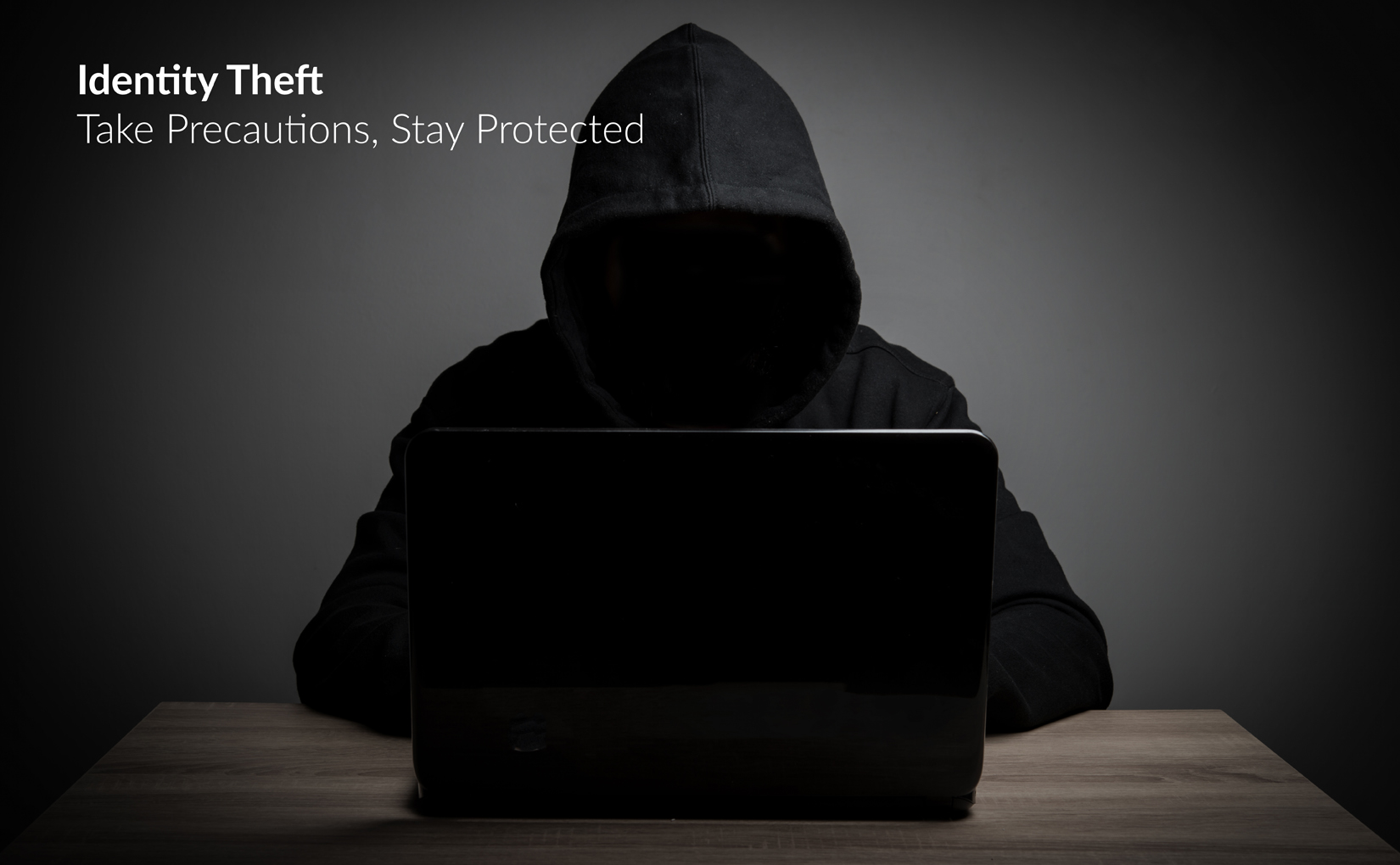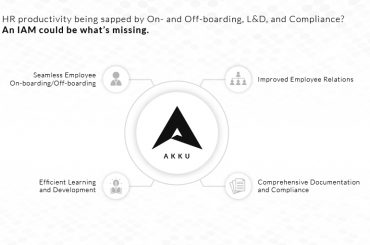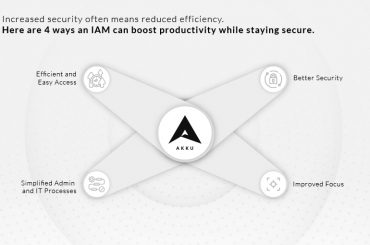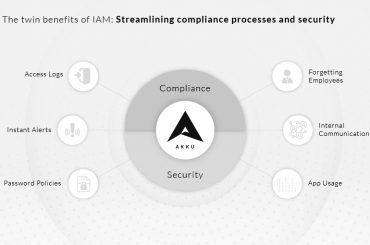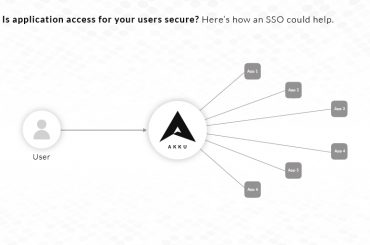Identity theft is as real as your identity and as dangerous as the one who steals it. It occurs when an unauthorized person or entity uses your personal information to assume your identity and commit fraud and other criminal activities including stealing from you, or from others in your name.
What does an identity thief steal?
Your name, address, credit card or bank account information, and even information that might otherwise seem harmless, such as photographs, information about your family members or your date of birth could be used in harmful ways in the wrong hands.
How does identity theft happen?
Identity thieves are well-organized, tech-savvy, creative and have seemingly innocent online personalities. They can steal information, simply by requesting it from an unassuming person or by using technological attacks to capture millions of records from enterprises. Sometimes, a stolen wallet or a carelessly-thrown receipt or letter can also lead to identity theft.
Here are some of the ways in which an identity theft may take place in your organization:
Data Breaches
A data breach, accidental or malicious, can have a heavy cost on both the organization involved and the individuals whose data is compromised.
Improper security on company-owned devices or devices that have access to your organization’s data is one of the leading causes of data breaches that lead to identity theft.
Phishing
Phishing involves sending deceptive emails with links to malicious websites that may either request or steal your information. If one of your employees is manipulated by such an email and clicks on a link it provides, it can be dangerous to the organization itself.
Even if your organization’s email can manage to keep out such mails from employee inboxes, if your employee has access to their personal email at the workplace, they are at the risk of being compromised.
Public Wi-Fi Connections
One of the problems with allowing your employees to work remotely is the possibility that they may be working from places that offer open or free public wireless internet connectivity. A criminal who also has access to the same network could also be able to observe all of your employee’s activities.
Mishandled Passwords
Carelessness with passwords, whether in terms of the creation of weak passwords or the way they are stored, can make your employees and your organization susceptible to identity theft.
Read our blog on Everything You Need to Know about Secure Passwords to know more about keeping passwords safe.
How can you prevent identity theft?
When it comes to preventing identity theft, the first step to take is to sensitize your employees on the different ways in which it can happen. Studies have proven that employees are the preferred channels that identity thieves use when they target organizations.
From your end, you also need to:
- Set a strong password policy across your enterprise applications, to ensure that your organization is not compromised through your employees’ use of weak passwords
- Use two-factor authentication or multi-factor authentication to enhance the security of applications carrying sensitive data
- Ensure that your DNS filter works effectively to block out malicious websites that your employees may try to access
- Block access to employees’ personal emails at work, so that there a lesser chance of data compromise and data breaches through phishing
- Set up IP-based or device-based restrictions so that unauthorized persons are kept out of your applications when they try to access them from unsafe locations or unrecognized devices
An identity and access management solution (IAM) like Akku can help you take control of all the preventive methods listed above, all in one go.
Get in touch with us through sales@akku.work if you wish to know more about how Akku can help protect your organization from identity theft through identity/access management.

